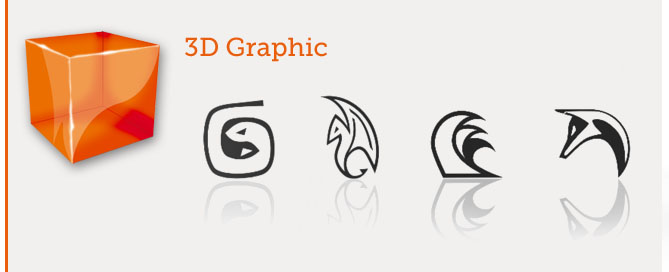3DS MAX – Micro Reference Manual – Animation – Constraints – Orientation
An Orientation constraint causes an object’s orientation to follow the orientation of a target object or averaged orientation of several target objects.
It can drive:
– rotation
GENERAL
1. Create a Sphere
2. Create a Box
3. Select the Sphere> MAIN TOP MENU> Animation> Constraints> Orientation Constraint
4. You will see in the viewport a rubber band> click over the Box, rotate the Box and the Sphere will follow the Box rotation
5. RIGHT COLUMN> Motion> Orientation Constraint> edit the parameters



